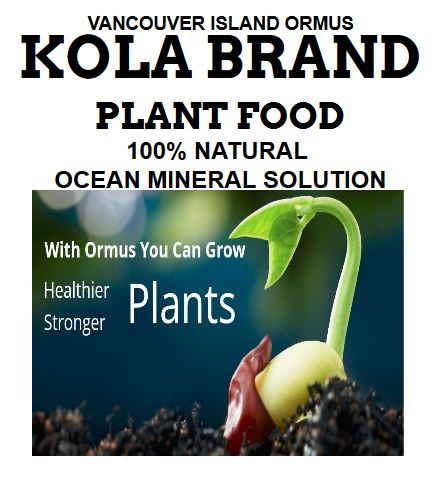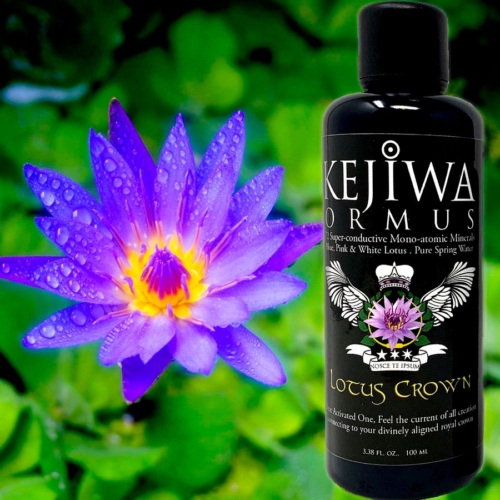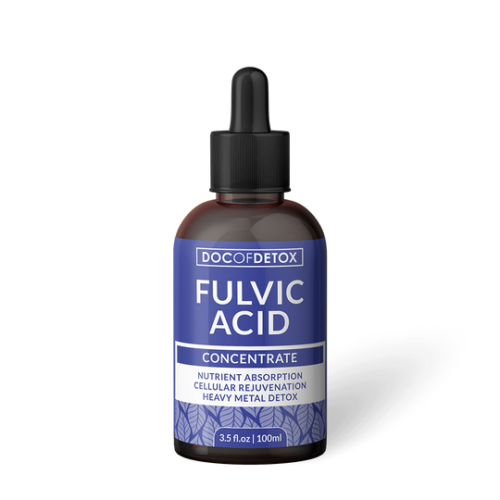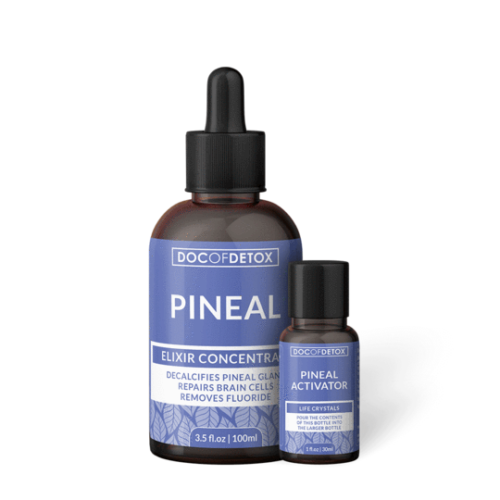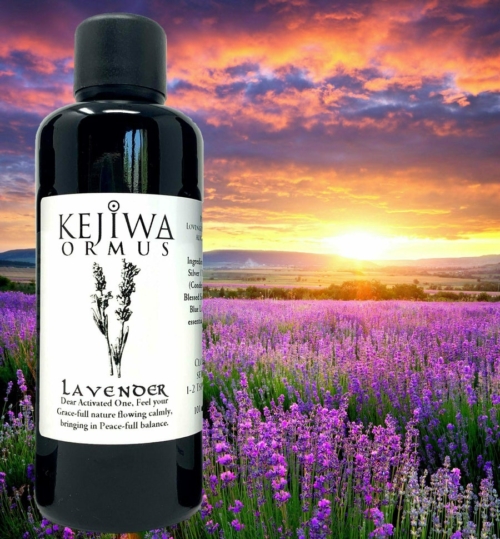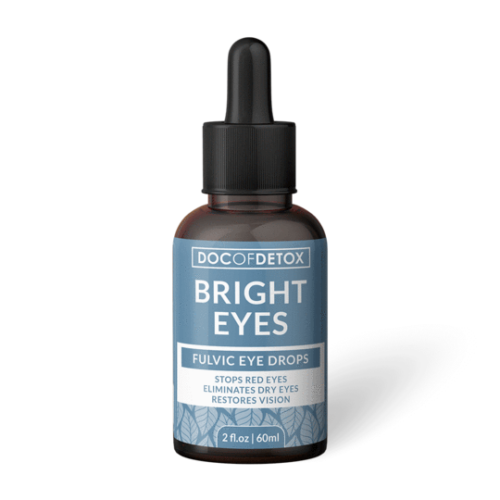Ormus Minerals is a proprietary product made starting with Great Salt Lake Wet Method precipitate and including various “charging” methods, which include Sonic Bloom type sound resonances and five Noble Gases. The folks who produce the product have their own name for it and are reluctant to reveal details of how it is made and used. The product used predates the ORMUS name and has been in use for over thirty years.
It should be noted that Ormus rhodium, ormus iridium and ormus gold are found in seawater in greater quantities than calcium and calcium and magnesium are two of the most common elements found in seawater.
Ormus Minerals Chemical Analysis
This information is a summary of analysis of data from numerous different analyses of Ormus Minerals from more than 12 labs in 3 different countries over several years.
The labs include private labs, government labs, government certified labs, university labs and our own in house lab. The data from these tests has been used to establish future label claim amounts and information and to establish and validate quality control and standardization.
We have diligently searched for the best analytical labs in the world to test our products.
Ormus Minerals is a natural product using natural methods. Because of this some natural variations exist from batch to batch. Even recognizing this, it appears that in most cases, the testing variation between tests is greater than the variations.
The results from the many lab tests have been used to validate (or in some cases, invalidate) each other. No single lab ot testing methodology has been able to accurately test for all elements presently contained in Ormus Minerals.
It has been our experience that identical samples sent to different labs, or to the same lab on different days, or even to a single labs part of a batch sample for the same day testing will yield different results.These variations have been used to establish ranges and margins of error.
In a material as complex as Ormus Minerals, accurate testing can be difficult, and establishing and determining proper testing protocols can be difficult. For example, “shadowing effect” can be particularly difficult to deal with.
Testing Protocols for some elements have been determined, others are still being researched and are all continually being refined. For these reasons, no single test should be considered as absolute. We have concluded that valid technology has not yet been developed to fully and accurately analyze a product such as Ormus Minerals.
Additional and more detailed test results are available upon request and with proper qualification.
Extracted from Utah’s Great Salt Lake by a proprietary method allowing proper absorption into the body’s cells supplying nutrients for optimal health.
- Super conductive minerals
- Monoatomic elements
- Iridium, rhodium and gold
- Powerful electrolyte
- Antioxidant qualities
- Charges ion channels
- Hydrates cells
Benefits
- Super conductive minerals
- Monoatomic elements
- Iridium, rhodium and gold
- Powerful electrolyte
- Antioxidant qualities
- Charges ion channels
- Helps hydrate cells
Ingredients
Listed in order of prominence. Label claim will be 1/2 teaspoon. Each batch is tested for magnesium, sodium, potassium, chloride, sulfate, lithium, and boron.
Chloride 700 mg……62% DV
Magnesium 250 mg……20% DV
Each batch is tested twice for magnesium. On average, most test results vary between 225 mg and 285 mg. Any harvest batch with two separate tests below 250 mg or one result below 225 mg is blended with another to standardize at 250 mg or above.
Sulphur (sulfate) 55 mg
Need in human nutrition has been established. Test Results vary from 50 mg. to 103 mg. the average is 78 mg.
Sodium 9 mg……1% DV
US Food and Drug regulation allows a food to be labeled as “sodium free” if it contains less than 5 mg. Sodium per labeled serving size, and “low sodium” if it contains 140 mg or less sodium per serving size and per 50 grams. (Fifty grams is about 8 teaspoons) The preponderance of tests indicates that sodium is generally in the 1-4 mg range. When multiple tests indicate sodium in a particular batch to be above 7 mg. that batch is blended down to lower sodium levels or is used in manufacture of products where higher sodium levels is not a problem.
Potassium 5 mg……1% DV
US Daily Value (DV) based on a 2000 calorie diet is 3500 mg. Anything under 35 mg. represents less than 1% of DR\V and is not considered significant. Analysis results vary between 1 and 15 mg.
Lithium 1.5 mg
No US Daily Values have been set. Test results average between 1.4 and 2.5 mg.
Boron 1 mg
No US Daily Values have been set. Test results average between 1 and 2 mg.
We test regularly for a broad spectrum of contaminants, including testing during every major harvest period. Containment tests include organic and petroleum chemicals, agriculture chemicals and pesticides and heavy metals. Heavy metal testing also provides some data on additional elements. Complete spectrum element testing is done periodically, and has done using a number of methodologies.
In addition to the elements listed above this product contains the following in naturally occurring trace amounts. Bromide, Calcium, Carbonate, Fluoride, Iodine, Silicon, Nitrogen, Selenium, Phosphorus,Chromium, Titanium, Rubidium, Cobalt, Copper, Iron, Manganese, Antimony, Arsenic, Molybdenum, Strontium, Zinc, Nickel, Tungsten, Germanium, Lead*, Aluminum*, Scandium, Tin, Lanthanum, Yttrium, Barium, Silver, Cadmium*, Uranium, Gallium, Zirconium, Vanadium, Beryllium, Tellurium, Bismuth, Hafnium, Terbium, Europium, Gadolinium, Samarium, Dysprosium, Holmium, Lutetium, Thulium, Erbium, Neodymium, Praseodymium, Niobium, Tantalum, Cesium, Gold, Mercury, less than 0.1 ppm. (*Less than 1 ppm)
Directions
20 to 40 drops (¼ to ½ a teaspoon) once or twice a day in structured water or vegetable juice.


